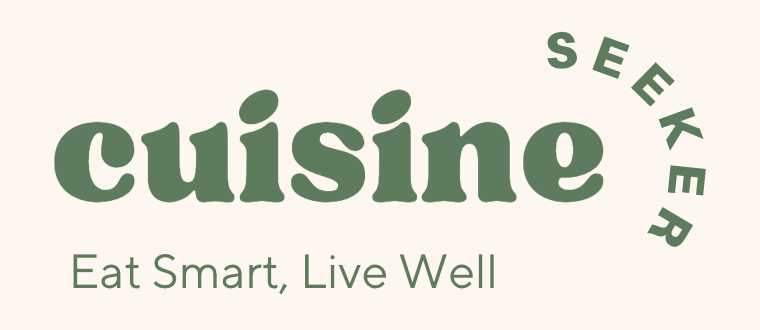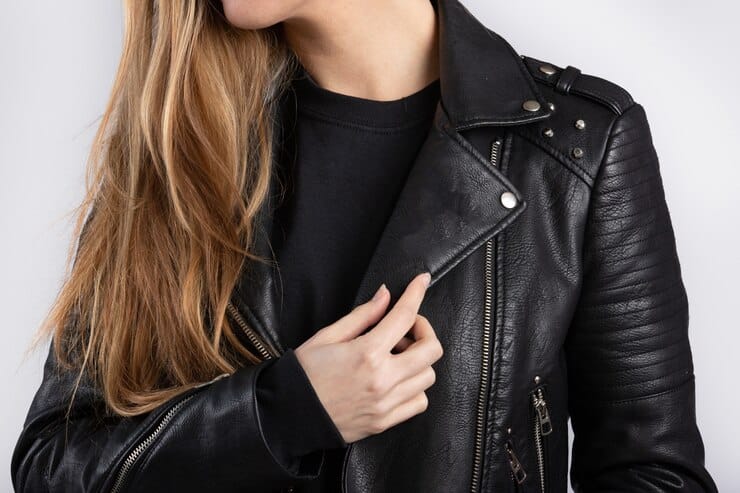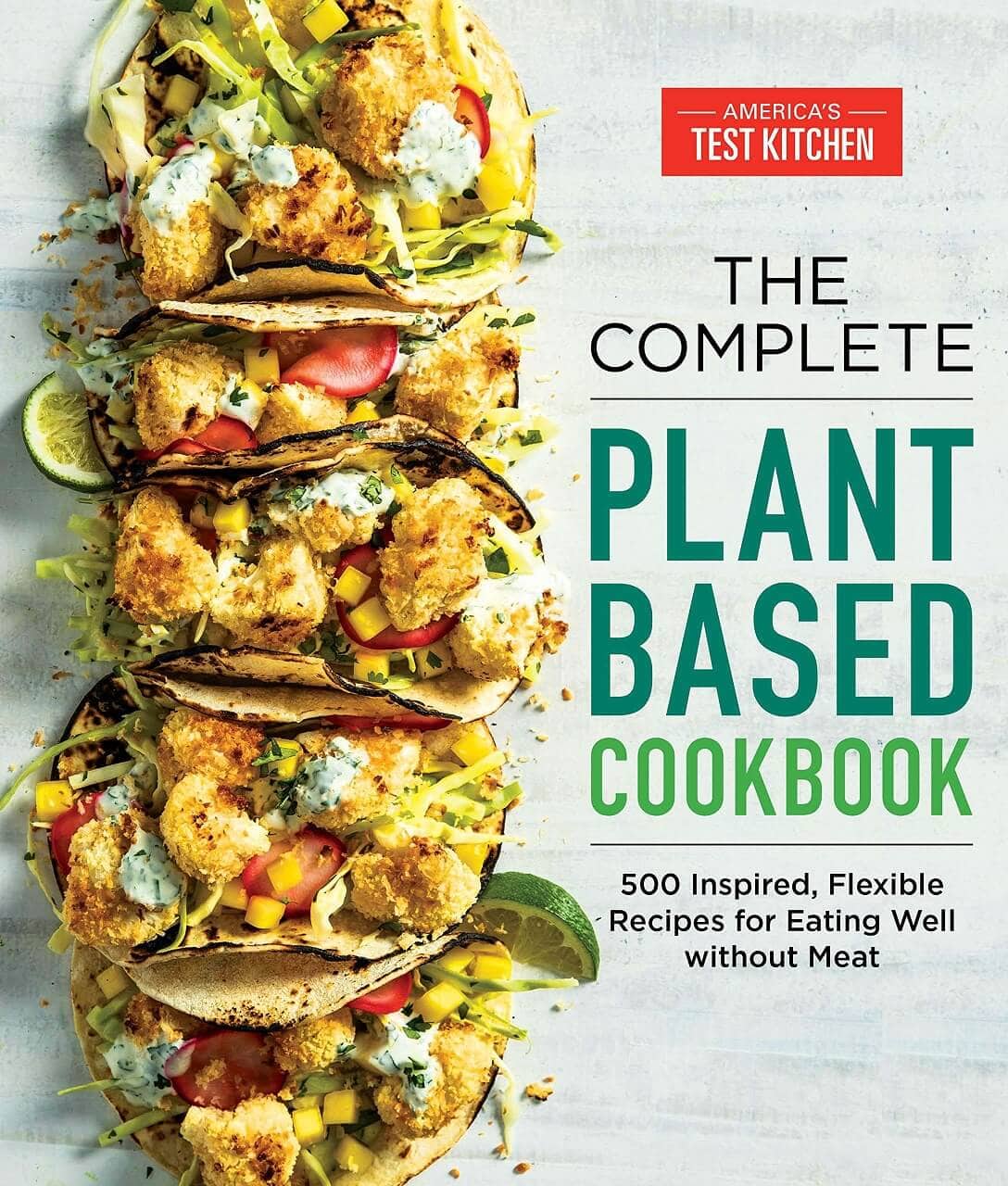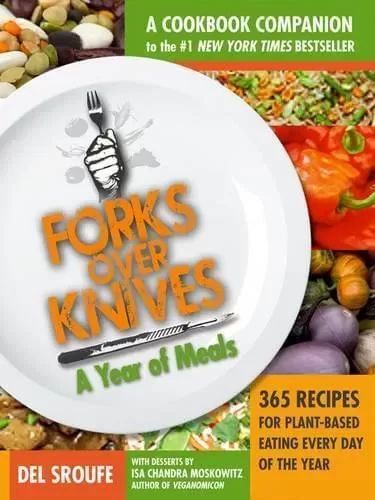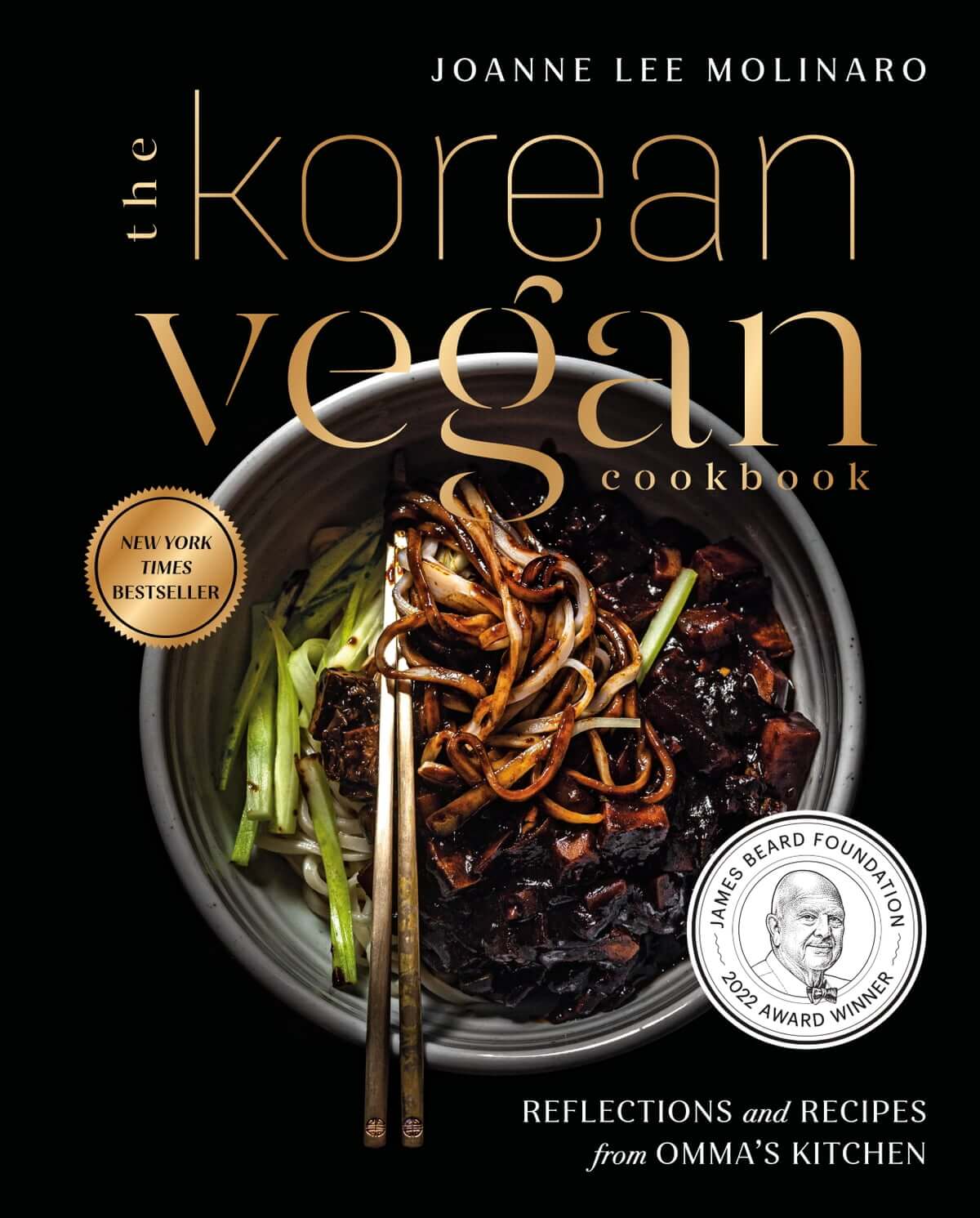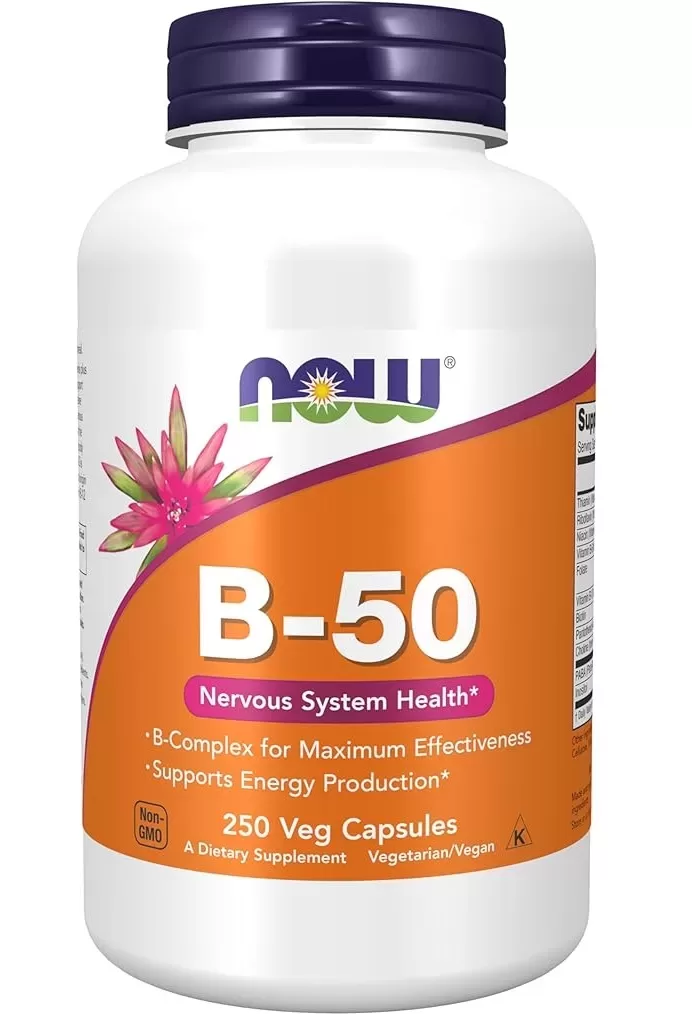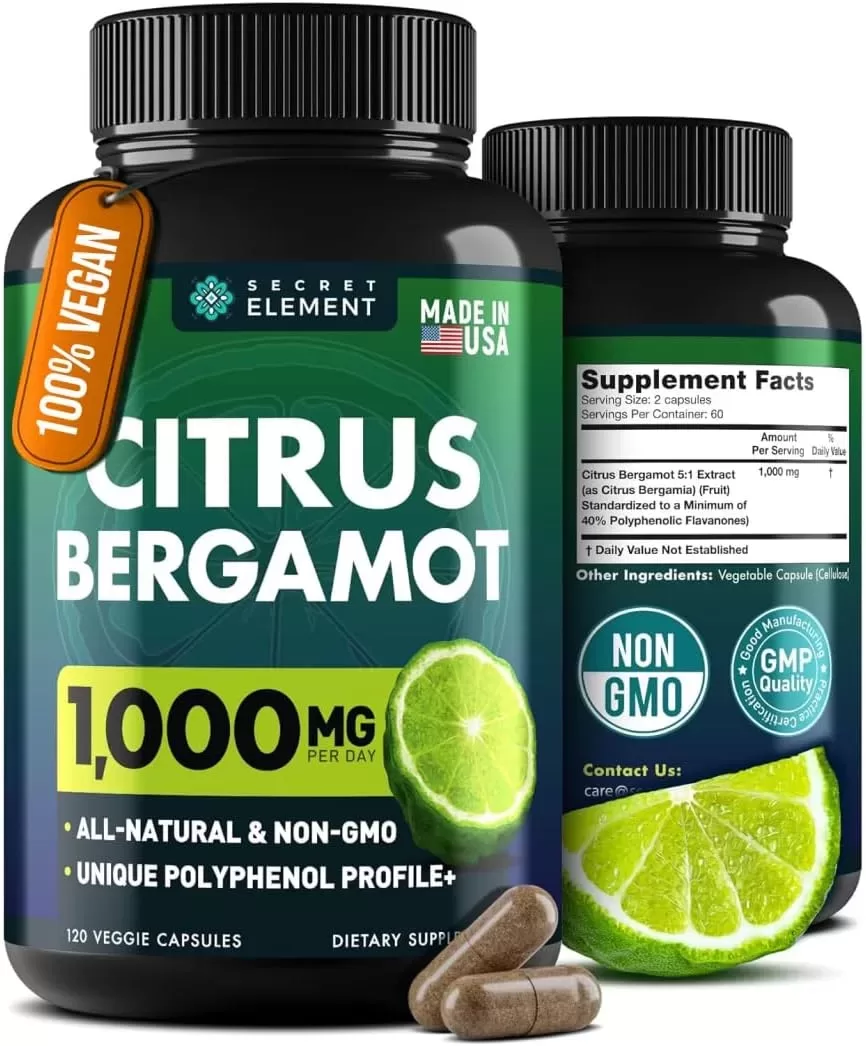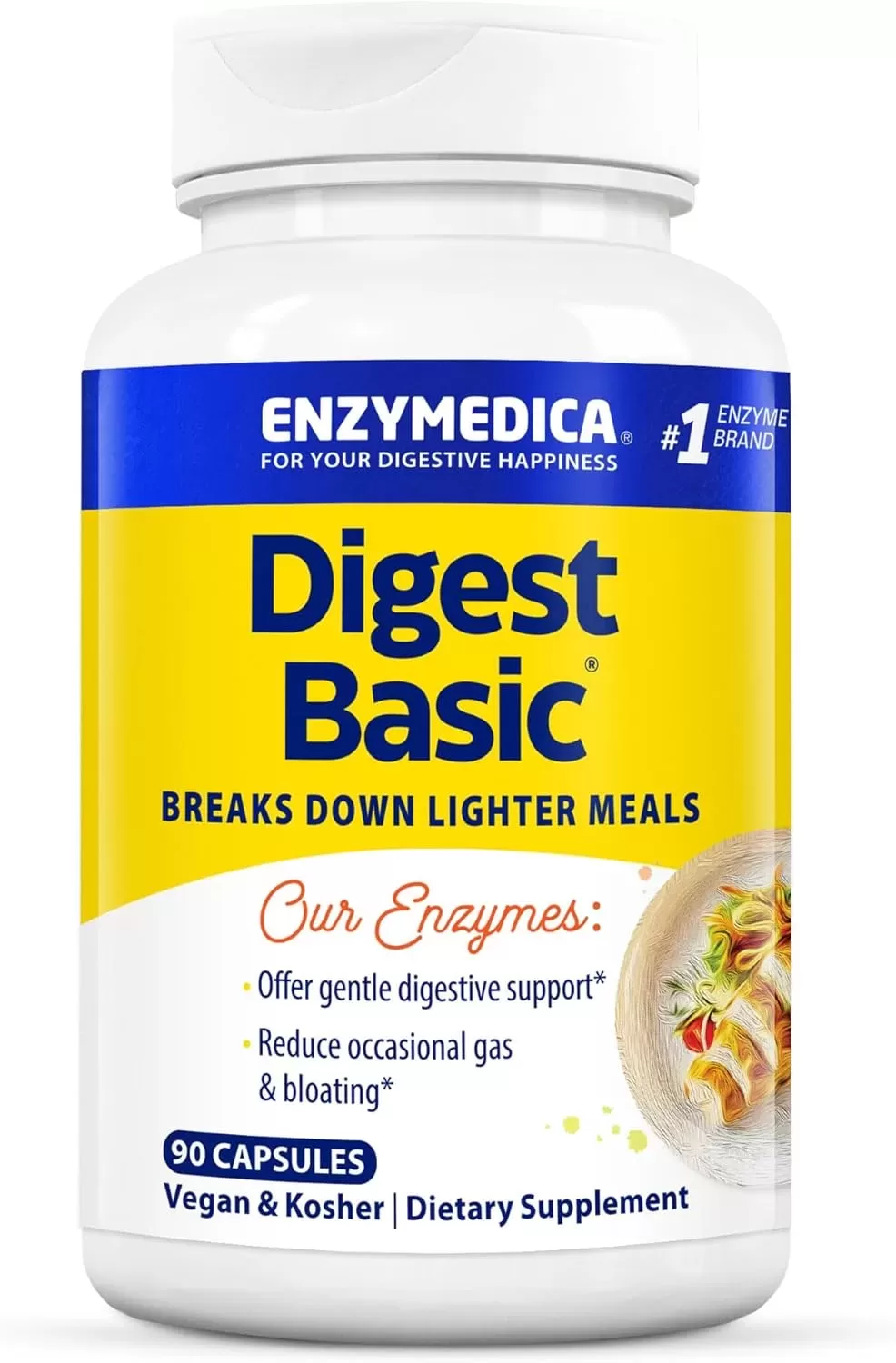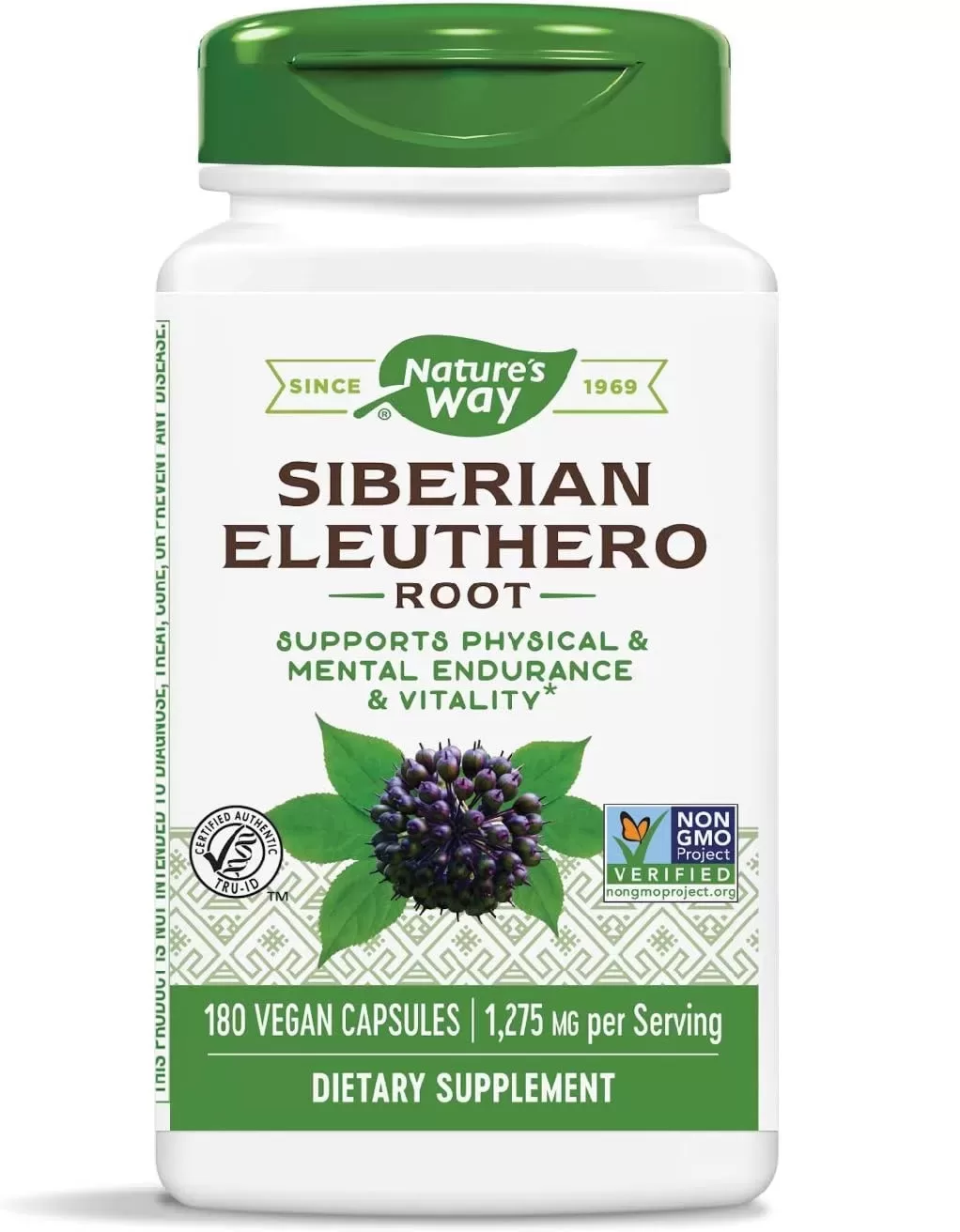Explore the latest and most stylish ways to incorporate cruelty-free materials into your wardrobe with the best vegan leather fashion trends this year. From edgy biker jackets to sleek skirts and chic accessories, this guide covers the top trends dominating the vegan leather scene in 2025. Discover how to embrace sustainable fashion without compromising on style and find inspiration for your next vegan leather purchase.
Ready to elevate your style with eco-conscious choices? This article delves into the hottest best vegan leather fashion trends this 2025 for women, showcasing designs that are both fashionable and kind to the planet. We’ll explore how to incorporate these trends into your everyday looks, from effortlessly chic to statement pieces from vegan influencers that will turn heads. Don’t miss out on the best vegan leather fashion trends that are taking the vogue world by storm!
Vegan Leather Fashion Trends for Women
Here are some of the top vegan leather fashion trends for women in 2025, focusing on jackets, bags, and boots:
Jackets
Designers are moving away from neutral palettes and embracing bold, vibrant colors. Expect to see eye-catching vegan leather jackets in shades like electric blue, hot pink, and neon green. Jackets made from innovative materials like mushroom leather and cactus leather are gaining popularity. These materials are not only eco-friendly but also offer a unique texture and look.
Fashion professionals are embracing vegan leather jackets in 2025 with creative and stylish approaches. Here are some insights from fashion experts and articles:
- Who What Wear: Natalie Cantell, a fashion editor at Who What Wear, highlights the trend of oversized bomber jackets and minimalist styles with silver zippers and structured collars. She recommends pairing these jackets with casual outfits for a chic yet effortless look.
- Fashionista: Savannah Sitton, a fashion writer at Fashionista, emphasizes the versatility of vegan leather jackets, noting that they can be styled with almost any ensemble. She mentions the popularity of cropped bombers and tailored blazers among designers like Prada and Ralph Lauren.
- CHEW + LUSH: The fashion blog CHEW + LUSH discusses the rise of sustainable vegan leather trends, including cactus leather and mushroom leather. They suggest incorporating these innovative materials into everyday wardrobes for a modern and eco-friendly touch.
Styling Tips:
- Casual Chic: Pair an oversized vegan leather bomber jacket with jeans and a simple tee for a casual yet stylish look.
- Elevated Outfit: Combine a tailored vegan leather blazer with a dress or tailored pants for a sophisticated and polished appearance.
- Bold Statements: Embrace bold colors and unique textures by adding a vibrant vegan leather jacket to your outfit for a standout look
Bags
Handbags made from sustainable materials like pineapple leather and apple leather are trending. These materials are biodegradable and have a lower environmental impact compared to traditional leather. Vegan leather bags come in various styles, from classic totes and crossbody bags to trendy bucket bags and backpacks. The focus is on versatility and functionality, making them perfect for any occasion.
Natalie Cantell, a fashion editor at Who What Wear, highlights the trend of oversized totes and minimalist crossbody bags. She recommends pairing these bags with casual outfits for a chic yet effortless look.
Savannah Sitton, a fashion writer at Fashionista, emphasizes the versatility of vegan leather bags, noting that they can be styled with almost any ensemble. She mentions the popularity of structured satchels and statement clutches among designers like Prada and Ralph Lauren.
In her blog, Melina Bucher discusses the latest vegan designer bags, including the Gucci Horsebit 1955 redesigned with ant-based materials. She praises the bag’s innovative design and sustainable materials
Boots
Chunky vegan leather boots are a major trend this year. These boots offer both style and comfort, making them a great addition to any wardrobe. Brands are increasingly using recycled materials and eco-friendly production processes to create vegan leather boots. This trend aligns with the growing consumer demand for sustainable fashion.
Maxine Eggenberger, a fashion editor at Who What Wear, highlights the trend of moto boots. These buckle-adorned boots are perfect for adding an edgy touch to any outfit. She recommends pairing them with jeans and a simple tee for a casual yet stylish look.
The Best Vegan Boots For Winter 2024 article by Eluxe Magazine emphasizes the popularity of chunky platform boots. These boots offer both style and comfort, making them a great addition to any wardrobe.
Sascha Camilli, a vegan fashion writer and activist, discusses the rise of sustainable vegan leather boots. She mentions brands like Agazi, which offers boots made from plant-based materials such as corn and apples. These boots combine comfort, consciousness, and chic.
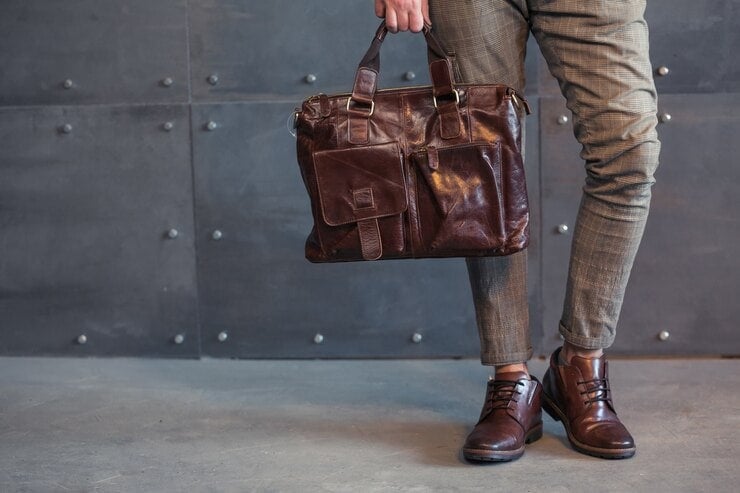
Vegan Leather Fashion Trends According to Vogue
Vogue emphasizes the rise of bold colors and unique textures in vegan leather jackets. Expect to see vibrant hues like electric blue and neon green, as well as innovative materials like mushroom leather and cactus leather. Oversized bomber jackets and blazers are trending, offering a relaxed yet stylish look.
Vogue highlights the popularity of bags made from sustainable materials like pineapple leather and apple leather. These materials are biodegradable and have a lower environmental impact compared to traditional leather. Structured satchels, oversized totes, and statement clutches are among the popular styles, offering versatility for various occasions.
Chunky platform boots are a major trend this year, combining style and comfort. These boots are perfect for adding an edgy touch to any outfit. Vogue mentions the rise of boots made from recycled materials and eco-friendly production processes, aligning with the growing consumer demand for sustainable fashion.
- Charli XCX: The music artist has embraced the “Brat” aesthetic, which includes grunge attire and vegan leather pieces.
- Kendall Jenner: Known for her minimalist style, Kendall has been spotted wearing Boston clogs and other vegan leather items.
- Gigi Hadid: Gigi has been seen sporting chunky platform boots and other vegan leather accessories.
- Loey Lane: Loey Lane, a popular fashion and beauty YouTuber, has shared her excitement about the bold colors and innovative materials in vegan leather jackets, bags, and boots. She often features these items in her styling videos and hauls.
- Victoria Magrath: Known as Inthefrow, Victoria Magrath is a UK-based fashion blogger and YouTuber who frequently discusses the latest trends, including vegan leather. She has praised the versatility and sustainability of these items.
- Luke Meagher: Luke Meagher, the creator of HauteLeMode, has highlighted the rise of chunky platform boots and moto boots made from vegan leather. He often shares styling tips and lookbooks featuring these trendy items.
- Olivia Palermo: Olivia Palermo, a well-known fashion influencer, has embraced the trend of bold vegan leather jackets and bags. She regularly shares her stylish outfits on Instagram, showcasing how to incorporate these items into everyday looks.
- Aimee Song: Aimee Song, the fashion blogger behind Song of Style, has highlighted the eco-friendly designs of vegan leather bags and boots. She often features these items in her content, emphasizing their sustainability and style.
Is leather in fashion in 2025?
Yes, leather is still very much in fashion in 2025! Sustainability continues to be a major focus. Brands are increasingly using ethically sourced and environmentally friendly materials. Traditional black and brown leather is being replaced by vibrant colors like jewel tones and playful pastels. Designers are also experimenting with embossing, laser cutting, and unique textures.
Minimalist leather pieces with clean lines and simple silhouettes are trending. Think sleek leather jackets with silver zippers and structured collars. Leather dresses are making a comeback, offering a versatile and chic wardrobe staple. Whether it’s a sleek midi dress or a flowy maxi, leather dresses are a popular choice.
The trend encourages mixing leather pieces with other fabrics, creating dynamic and multifaceted outfits. Leather skirts paired with silk blouses or leather jackets over flowing dresses are examples of this trend.
The global leather goods market is projected to increase from $468.49 billion in 2023 to $738.61 billion by 2030, reflecting a CAGR of 6.7%. The revenue in the luxury leather goods market is expected to reach $13.02 billion in 2025. The leather footwear segment is projected to generate a revenue of $132.40 billion in 2024, with an estimated annual growth rate of 2.33% (CAGR 2024-2028).
The U.S. accounted for over 20% of global leather shoe imports in 2022. China was the leading exporter of leather goods, with 30% of the global export value as of 2021.
Is faux leather in for fall 2025?
Yes, faux leather is definitely in for fall 2025! Here are some key trends and statistics:
- Burgundy Faux Leather: This rich color is trending for fall, with items like jackets, trousers, and dresses.
- Oversized Jackets: Oversized faux leather jackets are perfect for layering and adding a stylish edge to any outfit.
- Faux Leather Boots: Mini ankle boots and chunky platform boots made from faux leather are wardrobe essentials for the cooler months.
The global faux leather market is projected to grow from $3.24 billion in 2023 to $6.13 billion by 2032, with a compound annual growth rate (CAGR) of 7.37%. There is a rising demand for sustainable and cruelty-free alternatives to genuine leather, driving the popularity of faux leather.
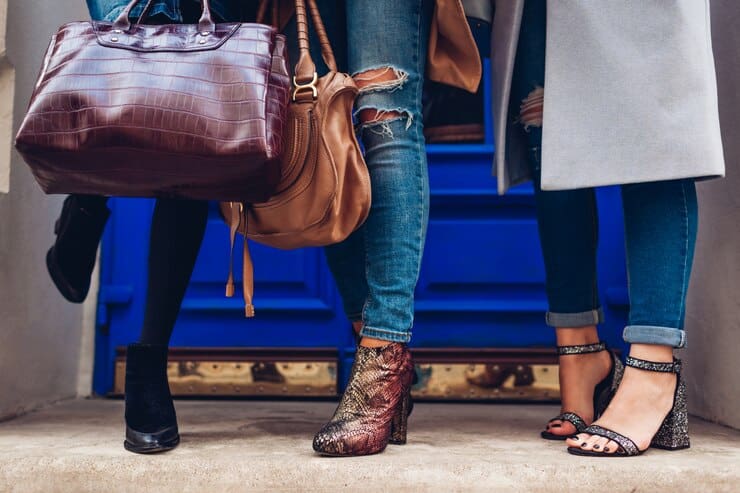
Is vegan leather the future?
Absolutely, vegan leather is poised to be a significant part of the future of fashion. The global vegan leather market is projected to grow from USD 73.38 billion in 2023 to USD 139.02 billion by 2030, with a compound annual growth rate (CAGR) of 9.58% from 2024-2030. The Asia Pacific region is expected to experience the fastest growth in the vegan leather market, driven by increasing consumer awareness and demand for sustainable products.
There is a growing demand for cruelty-free and eco-friendly alternatives to traditional leather. Consumers are increasingly seeking products that align with their ethical and environmental values. The market is seeing a rise in the use of innovative materials like pineapple leather, cactus leather, and mushroom leather, which offer sustainable and stylish alternatives to animal-derived leather.
Leading fashion brands and designers are increasingly incorporating vegan leather into their collections, promoting it as a trendy and ethical choice. Stricter regulations and bans on animal products in fashion are driving the adoption of vegan leather.
Innovative Materials in Vegan Leather
Vegan leather materials have seen significant advancements in recent years, offering sustainable and cruelty-free alternatives to traditional leather. Let’s explore some of the latest innovations, including mushroom leather, cactus leather, and pineapple leather, along with their benefits, production processes, and how they compare to traditional leather.
Mushroom Leather (Mycelium Leather)
Made from the root structure of mushrooms (mycelium), mushroom leather is biodegradable and renewable. No animals are harmed in its production and uses less water, energy, and chemicals compared to traditional leather.
Mycelium is grown in controlled conditions using agricultural waste like sawdust or straw. The mycelium is shaped into sheets using molds. The formed mycelium is treated to stop its growth and improve durability. The material is dyed, embossed, or finished to resemble traditional leather.
Cactus Leather
Made from the Nopal cactus, it requires minimal water and absorbs CO2. It is cruelty-free and vegan-friendly that matches the strength and resilience of traditional leather. Mature cactus leaves are harvested without harming the plant. Leaves are cleaned and dried under natural sunlight. Leaves are ground into a fine powder and mixed with biodegradable binders. The material is dyed and textured to meet design requirements.
Pineapple Leather (Piñatex)
Made from pineapple leaf fibers, it is biodegradable and uses agricultural waste. No animals are harmed and are suitable for various applications, including fashion and accessories. Pineapple leaves are harvested after the fruit is harvested. Leaves are cleaned, dried, and processed into a non-woven mesh. The material is treated to enhance its durability and texture.
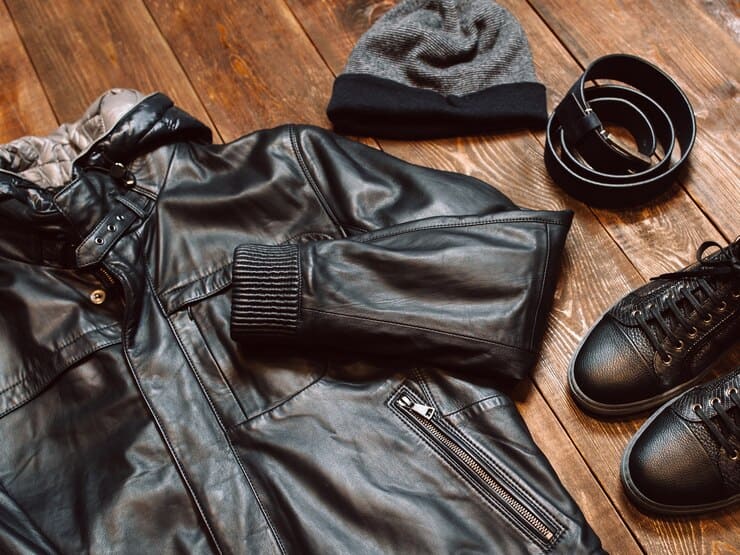
Sustainability and Environmental Impact
Vegan leather offers several environmental benefits compared to traditional leather. Here are some key points:
- Reduced Carbon Footprint: Traditional leather production is a significant contributor to greenhouse gas emissions due to livestock farming and processing. For instance, producing 1 square meter of traditional leather can emit around 30 kg of CO2-equivalent. In contrast, plant-based vegan leather, such as MycoWorks’ Reishi™, has a carbon footprint as low as 2.76 kg CO2-equivalent per square meter, which is about 8% of the traditional leather benchmark.
- Lower Water Usage: Traditional leather production requires vast amounts of water. It takes approximately 17,100 liters of water to produce 1 kilogram of leather from cattle. In comparison, synthetic vegan leather uses significantly less water. For example, producing a kilogram of synthetic PU leather uses about 14 times less water than traditional leather.
- Animal Welfare Improvements: Vegan leather eliminates the need for animal hides, thereby reducing the demand for livestock farming. This shift contributes to better animal welfare by reducing the number of animals raised and slaughtered for their skin.
Leading Brands in Sustainable Fashion
Several brands are leading the way in sustainable fashion by using vegan leather and other eco-friendly materials:
- Stella McCartney: Known for her commitment to sustainability, Stella McCartney uses vegan leather made from materials like recycled polyester and organic cotton.
- Matt & Nat: This brand offers a wide range of vegan leather products made from recycled materials and sustainable fabrics.
- Veja: Veja produces sneakers using materials like organic cotton and vegetable-tanned leather, and they are exploring vegan leather options.
- PANGAIA: PANGAIA uses innovative materials like apple leather, made from apple waste, for their products.
These brands are making significant strides in reducing the environmental impact of fashion while promoting animal welfare and sustainability.
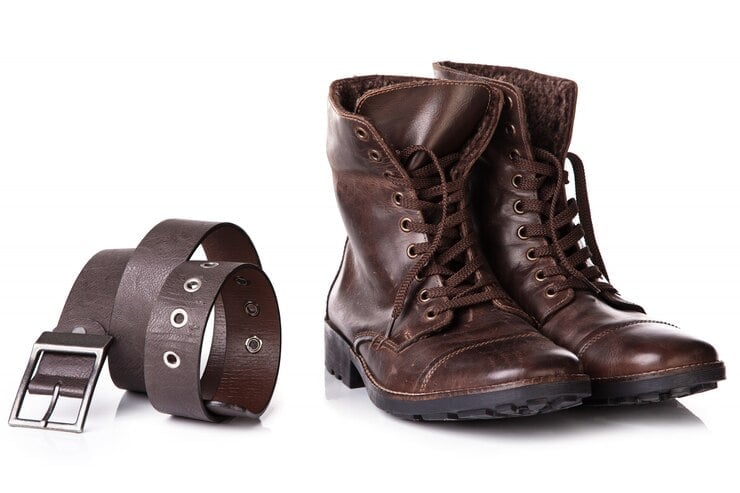
Consumer Opinions and Trends
According to a report by Grand View Research, the global vegan leather market was valued at $36.24 billion in 2022 and is projected to reach almost double this by 2028, with a compound annual growth rate (CAGR) of 7.8% during the forecast period.
A study by Four Paws International Organization in 2023 revealed that 38 major apparel brands in the EU supported a citizen initiative to ban fur farming and the import of farmed fur products, with 1.7 million signatories. This indicates a significant rise in consumer awareness and demand for cruelty-free products.
A NielsenIQ analysis found that 62% of consumers consider sustainability more important today than two years ago. Many associate sustainability with benefiting the planet, preserving natural resources, and reducing pollution.
The demand for cruelty-free products is rising, with 18.1% growth in the sustainable beauty segment alone. Consumers are looking for products that align with their values of social responsibility and environmental preservation.
Consumers are becoming more proactive about their health and well-being, seeking products that promote long-term wellness rather than just providing immediate solutions. Younger generations, who will soon have most of the purchasing power, are particularly concerned about sustainability and ethical sourcing. Brands that cater to these values are gaining a competitive edge.
Challenges and Criticisms
One of the main criticisms is the durability of vegan leather compared to traditional leather. While high-quality vegan leather can last several years, it generally doesn’t match the longevity of genuine leather, which can last decades with proper care. Factors such as the type of material used (e.g., polyurethane (PU), polyvinyl chloride (PVC), or plant-based alternatives like cork or pineapple leaves) and the manufacturing process can greatly affect durability.
Although vegan leather is marketed as a more sustainable option, some types still have a significant environmental impact. For instance, PU and PVC are synthetic materials that can release harmful chemicals during production and disposal. Additionally, the production of some plant-based alternatives can also have environmental consequences if not managed sustainably.
The use of synthetic components like PU and PVC in vegan leather raises concerns about their environmental footprint. These materials are derived from fossil fuels and can contribute to pollution and greenhouse gas emissions. However, advancements in technology are leading to more eco-friendly alternatives, such as recycled materials and natural fibers.
Future of Vegan Leather
The vegan leather industry is poised for exciting advancements and innovations in the coming years. Here are some upcoming trends and potential breakthroughs that could shape the future of sustainable fashion:
- Bio-Based Materials: Innovations in bio-based materials are gaining traction. Materials like pineapple leaves (Piñatex), mushroom mycelium, and cork leather are becoming more popular due to their reduced environmental impact and unique textures.
- Recycled Materials: The use of recycled materials, such as recycled PET (plastic bottles) and production scraps, is expected to grow. These materials help reduce textile waste and promote a circular economy.
- Smart Textiles: The integration of technology into textiles is on the rise. Thermoregulating fabrics and biometric-measuring textiles are examples of how fashion can enhance user experience and well-being.
- Lab-Grown Leather: Also known as cultured leather or biofabricated leather, this innovation involves growing leather in a lab using cells, which eliminates the need for animal hides and reduces environmental impact.
- Self-Healing Materials: These materials can repair themselves when damaged, extending the lifespan of products and reducing waste.
- Sustainable Composite Materials: Advances in materials like biopolymers and nanocellulose are creating stronger, more sustainable alternatives to traditional leather.
DIY and Customization
Here are some tips and ideas for DIY vegan leather projects and ways to customize and personalize your vegan leather items, all while staying eco-conscious:
1. Vegan Leather Tote Bag
Materials: Vegan leather fabric, fabric scissors, sewing machine, thread, measuring tape.
Steps: Cut the vegan leather fabric into two equal rectangles (size based on your preference). Sew the edges together, leaving the top open. Attach handles using strong thread. Add interior pockets if desired.
Customization: Paint or embroider your initials or a design onto the bag to make it unique.
2. Vegan Leather Wallet:
Materials: Vegan leather scraps, fabric glue, sewing machine, thread, measuring tape.
Steps: Cut out pieces for the main body, card slots, and coin pocket. Assemble and sew the pieces together, ensuring the edges are neat and secure.
Customization: Add a snap button closure or a decorative zipper pull. Use fabric paint to create patterns or add your initials.
3. Vegan Leather Keychain:
Materials: Small piece of vegan leather, keyring, fabric glue, scissors.
Steps: Cut the vegan leather into a desired shape (e.g., heart, star, rectangle). Fold in half and glue the edges, leaving a small opening for the keyring. Attach the keyring through the opening.
Customization: Paint or stamp designs onto the leather, or add small metal studs for a personalized touch.
Additional Tips:
- Use fabric paints or embroidery thread to add designs, patterns, or personal messages to your vegan leather items. This can be done on bags, wallets, jackets, and even shoes.
- Add metal studs, rivets, or grommets to your vegan leather items for an edgy look. These can be attached using a simple hand tool kit.
- Create stencils of your favorite designs and use them to paint patterns onto vegan leather items. This is a great way to add unique and detailed artwork.
- Combine different colors and textures of vegan leather to create a patchwork effect on bags, jackets, or other items. This adds visual interest and allows you to use up scraps.
Final Thoughts
In wrapping up our exploration of vegan leather, it’s clear that this innovative material is making significant strides in the fashion industry. Vegan leather represents a promising future for fashion—one that values sustainability, ethical practices, and innovation. It’s an exciting time to be part of this movement towards a more responsible and stylish world. 🌿
